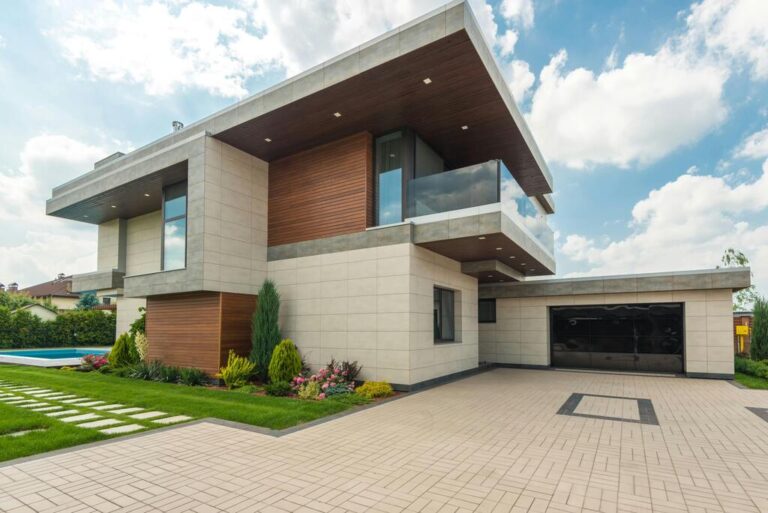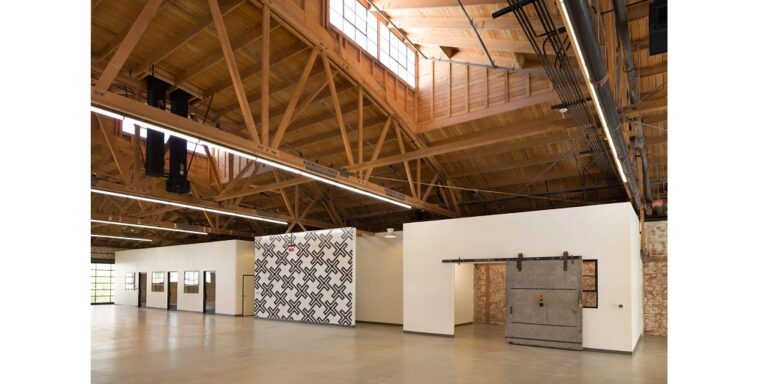Basement Radon Mitigation System: Key to Healthier Living
A basement radon mitigation system plays a vital role in protecting your family from the dangers of radon gas. Basements are particularly vulnerable to radon accumulation because radon enters homes through cracks and gaps in the foundation. By understanding how these systems work and their importance, you can take the necessary steps to ensure a safe living environment for your household.
Why a Basement Radon Mitigation System is Essential
Understanding Radon and Its Impact on Basements
Radon is an odorless, tasteless, and invisible radioactive gas that forms naturally from uranium in soil and rocks. It tends to accumulate in basements due to their proximity to the ground. Without a proper basement radon mitigation system, radon levels can rise to dangerous levels, increasing the risk of lung cancer for those exposed over time.
Common Entry Points for Radon in Basements
- Cracks in concrete floors or walls
- Gaps around utility pipes
- Openings in the foundation or sump pits
- Poorly sealed crawl spaces
A professionally installed basement radon mitigation system addresses these entry points and reduces radon concentrations, creating a healthier environment.
How Basement Radon Mitigation Systems Work
Active Sub-Slab Depressurization Systems
The most common basement radon mitigation system is the active sub-slab depressurization system. This system works by using a fan to create negative pressure beneath the foundation, drawing radon gas away from the home and venting it safely outside.
Key Components of a Radon Mitigation System
Ventilation Pipes
Pipes are installed beneath the basement slab to collect radon gas and guide it outside. These pipes extend above the roofline to prevent radon from re-entering the home.
Radon Fan
The fan is a critical part of an active basement radon mitigation system. It ensures continuous airflow to expel radon from beneath the home effectively.
Sealing and Caulking
Sealing cracks and openings in the foundation minimizes radon entry points, enhancing the efficiency of the mitigation system.
Monitoring Devices
Many systems include monitoring devices that measure radon levels to ensure the system is functioning as intended.
Factors Influencing the Cost of Radon Mitigation
What Affects the Cost of a Basement Radon Mitigation System?
The cost of radon mitigation can vary based on several factors, including:
Home Size and Design
Larger homes or those with complex layouts may require additional piping or more powerful fans, increasing the radon mitigation system price.
Radon Levels
Homes with extremely high radon levels may need more extensive mitigation efforts, impacting the overall cost of radon mitigation.
Type of Foundation
Different foundation types (e.g., slab-on-grade, crawl space, basement) require tailored approaches, influencing the cost.
Local Regulations
Compliance with local building codes or regulations can also affect the radon mitigation system price.
Estimating the Cost of Radon Mitigation
On average, the cost of radon mitigation ranges between $1,000 and $2,500. While this investment ensures safety, consulting a certified radon professional for a precise estimate is essential.
DIY vs. Professional Installation of Radon Mitigation Systems
When Can You Consider a DIY Approach?
For minor issues, such as sealing cracks or improving basement ventilation, DIY solutions may provide a temporary reduction in radon levels. However, installing a complete basement radon mitigation system requires specialized knowledge and tools.
Why Professional Installation is Recommended
- Expert Assessment: Certified professionals conduct comprehensive radon testing to determine the best solution for your home.
- System Design: Professionals design custom systems tailored to your home’s structure and radon levels.
- Long-Term Efficiency: Professionally installed systems are more reliable and effective in maintaining low radon levels.
Frequently Asked Questions About Basement Radon Mitigation Systems
What is the average lifespan of a basement radon mitigation system?
A well-maintained basement radon mitigation system can last 10–20 years. Regular maintenance and occasional part replacements (e.g., radon fans) ensure longevity.
Can radon levels return after installing a mitigation system?
While a properly installed system significantly reduces radon levels, routine testing ensures the system continues to function effectively.
Are there any energy efficiency concerns with radon mitigation systems?
Radon fans consume minimal electricity, typically costing about $50–$100 annually. However, their energy use is a small price to pay for improved safety.
Can I negotiate the radon mitigation system price with contractors?
Yes, obtaining multiple quotes and comparing services can help you find a system that fits your budget while maintaining quality.
How do I know if a radon mitigation system is necessary?
Conducting radon testing is the first step. If levels exceed the EPA-recommended action level of 4.0 pCi/L, a basement radon mitigation system is necessary.
Final Thoughts on Basement Radon Mitigation Systems
Installing a reliable basement radon mitigation system is a proactive step toward ensuring your home is safe from radon exposure. Whether addressing high radon levels or safeguarding your family’s health, these systems provide long-term peace of mind. Professional installation and routine maintenance further enhance the system’s effectiveness.
For expert advice and installation, Radon Calgary offers tailored solutions for basement radon mitigation. With certified professionals and a commitment to safety, they provide the best options to keep radon levels in check.
Contact Radon Calgary Today:
Company Name: Radon Calgary
Address: 265 21 Ave NE, Calgary, AB T2E 1S5, Canada
Phone No: 403 596-3647
Google Maps: https://maps.app.goo.gl/3Q2uDdkeKtkukSUB6
Email: info@yycradon.ca
Website: https://yycradon.ca/


















